Home>Ideas and Tips>Upgrading Your Home’s Windows With DIY Roman Shades
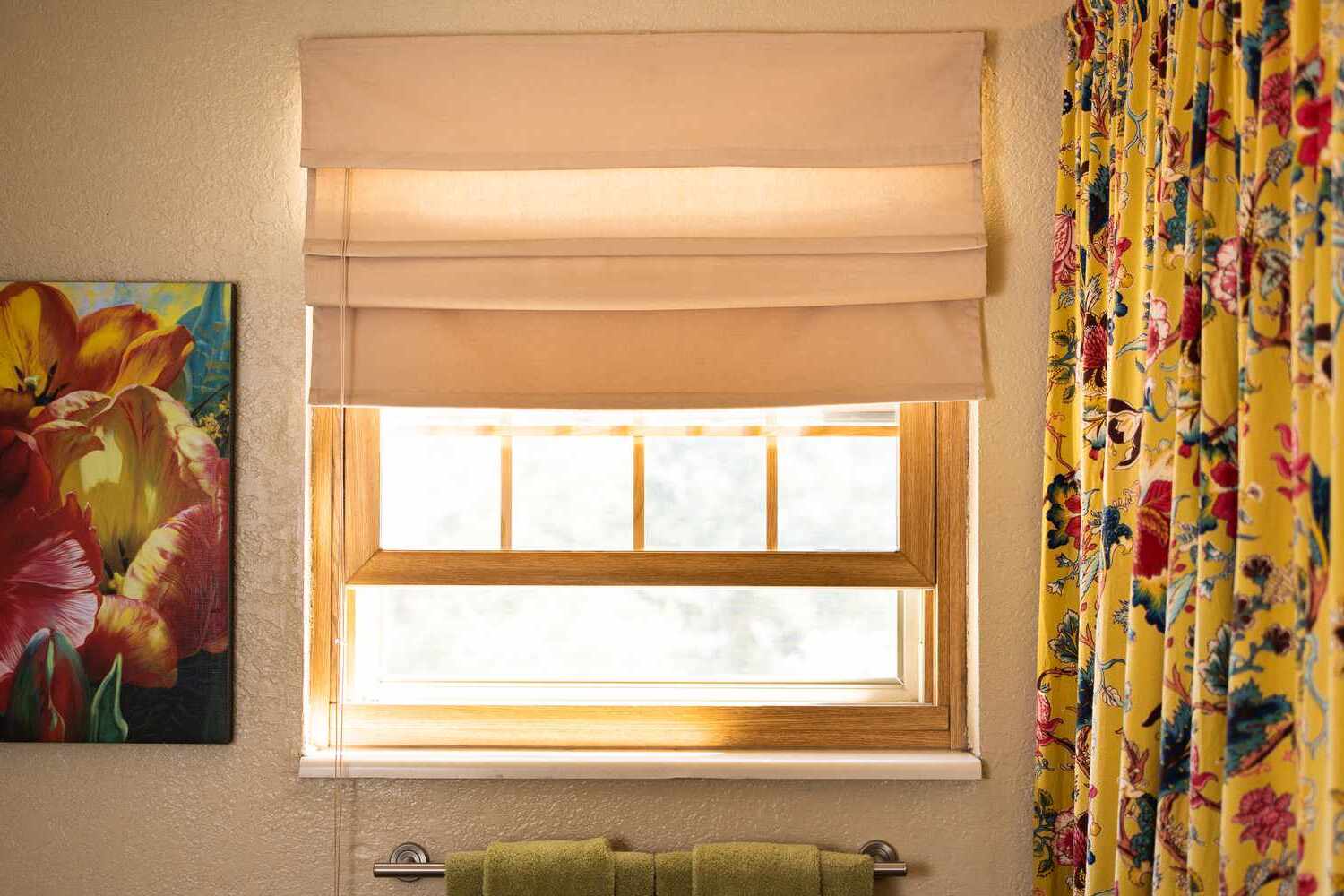

Ideas and Tips
Upgrading Your Home’s Windows With DIY Roman Shades
Published: September 19, 2024
Enhance your home's style and energy efficiency with DIY Roman shades. Discover benefits, design tips, and a step-by-step guide to create your own.
(Many of the links in this article redirect to a specific reviewed product. Your purchase of these products through affiliate links helps to generate commission for Storables.com, at no extra cost. Learn more)
Introduction
When it comes to enhancing the aesthetic and functional appeal of your home, window treatments play a crucial role. Among the various options available, Roman shades stand out for their timeless elegance, versatility, and practicality. In this article, we will delve into the world of DIY Roman shades, exploring their benefits, design flexibility, and the steps involved in creating these beautiful window treatments.
Read more: Best Roman Shades For Your Windows
The Benefits of Modern Roman Shades
Modern Roman shades have become a popular choice due to their unique combination of style and practicality. They bring a unique blend of functionality and style that can instantly elevate any room’s decor. Here are some key benefits:
Elegance Meets Functionality
Roman shades are not just window treatments; they are also design elements. With their crisp folds when raised and smooth appearance when lowered, they give your windows a polished look while providing privacy. They work well in both casual and formal settings, making them versatile for any home décor.
Variety is The Spice of Life
You’ll find no shortage of options with modern Roman shades—from bold patterns for those who love color to neutral hues for minimalists at heart. This makes them perfect for matching or complementing any interior design theme you might have going on.
Customization – A Designer’s Dream Come True
No two homes are alike, so shouldn’t our window treatments be as diverse? Modern Roman shades let you customize everything from fabric type to fold style according to your preferences, giving each room its distinct character.
Say Goodbye To Glare And Hello To Comfortable Light Control
We all want natural light flooding into our rooms but without the blinding glare or harsh sunlight ruining our furniture over time. Thanks to modern Roman shades’ adjustable nature, you get exactly that—an ability to control how much light enters your space with precision and ease.
Energy Efficiency of Modern Roman Shades
If you’re looking to cut down on energy costs, modern Roman shades might be the solution. By providing an extra layer of insulation and allowing you to control the amount of sunlight entering your home, these shades help reduce the need for air conditioning and heating, thereby saving you money on utility bills.
Design Flexibility of Roman Shades
One of the most appealing aspects of Roman shades is their design flexibility. They come in various styles and materials, allowing you to choose the perfect shade for your home's unique needs.
Types of Roman Shades
-
Classic Roman Shades: These are the traditional Roman shades with a simple fold design. They are easy to install and maintain, making them a popular choice for many homeowners.
-
Modern Roman Shades: These shades offer more advanced features such as motorized operation, blackout linings, and various fold styles. They are ideal for those who want both style and functionality.
-
Custom Roman Shades: These allow for extensive customization options including fabric type, color, pattern, and fold style. They are perfect for homeowners who want their window treatments to reflect their personal style.
-
Smart Roman Shades: These shades integrate technology with traditional design. They often come with features like smart home integration, voice control, and automated light control.
DIY Roman Shades: A Step-by-Step Guide
Creating your own Roman shades can be a fun and rewarding DIY project. Here’s a step-by-step guide to help you get started:
Materials Needed
- Fabric: Choose a fabric that suits your desired look and functionality. Common fabrics include cotton, linen, velvet, and blackout materials.
- Liner Fabric: A liner fabric is recommended for better light control and durability.
- Dowel Rods: These are used to create the folds in the shade.
- Fabric Glue: For attaching dowel rods to the fabric.
- Thread and Needle: For sewing the fabric together.
- Plastic Rings: For creating the fold mechanism.
- Drapery Cord: For operating the shade.
- Decorative Fan Pull: For adding a decorative touch.
- Screw-in Eye Hooks: For hanging the shade.
- Corner Brackets: For securing the shade to the window frame.
- Plastic Cord Cleat: For managing the drapery cord.
- Staple Gun: For securing the fabric to the window frame.
- Drill: For making holes for screws or staples.
- Sewing Machine: For sewing the fabric together.
- Scissors: For cutting the fabric and dowel rods.
- Tape Measure: For measuring the window size accurately.
- Pencil: For marking measurements on the fabric.
- Iron: For pressing the fabric before sewing.
Steps to Make Roman Shades
-
Measure the Window:
- Measure the width and length of your window. Add 2” to the window width and 8” to the length for cutting the shade fabric to size. Add 1” to the window width and 8” to the length for cutting the liner fabric to size.
-
Cut the Fabric:
- Cut the shade fabric and liner fabric according to your measurements. Make sure to add hems at both ends of each piece of fabric.
-
Hem the Fabric:
- Fold the bottom of each piece of fabric over 2”, press it flat with an iron, and stitch to form a hem. Repeat this process for both the shade fabric and liner fabric.
-
Assemble the Shade:
- Lay out the shade fabric on a flat surface and place the liner on top—right sides together—making sure the hemmed bottoms meet up. Pin them together with straight pins before stitching along the edges, leaving the top un-sewn.
-
Create Fold Mechanism:
- Measure and mark at intervals (e.g., 9, 17, 25 inches) on each side of the shade fabric. Cut dowel rods slightly shorter than these marks and attach them parallel to the bottom using permanent fabric glue.
-
Attach Plastic Rings:
- Hand-sew plastic rings at each mark, ensuring at least one thread goes through the front and around each dowel rod. This creates a sturdy fold mechanism.
-
Add Drapery Cord:
- Attach drapery cord to the top of the shade for easy operation. Use a decorative fan pull for added style.
-
Hang the Shade:
- Use screw-in eye hooks and corner brackets to hang the shade securely on your window frame. Manage the drapery cord with a plastic cord cleat.
-
Final Touches:
- Secure any loose ends with staples or screws. Press any wrinkles out of the fabric with an iron before hanging.
Tips for Customizing Your Roman Shades
Customization is key when it comes to making your Roman shades truly unique. Here are some tips:
Choosing Fabric
- Fabric Type: Choose fabrics that suit your desired look and functionality. For example, cotton or linen can add a natural touch while blackout materials provide better light control.
- Fabric Color: Select colors that match or complement your interior design theme.
- Fabric Pattern: Bold patterns can add a decorative touch while neutral hues keep things simple.
Adding Trim
- Contrast Trim: Add a contrasting trim around the edges of your shade fabric for an extra decorative touch.
- Herringbone Pattern: Use a herringbone pattern for the contrast trim if you want to add some texture and interest.
Creating Unique Folds
- Custom Fold Style: Experiment with different fold styles such as flat folds or gathered folds to create unique looks.
- Layered Folds: Use multiple layers of fabric with different folds to create a layered effect.
Energy Efficiency and Cost Savings
Modern Roman shades are not only stylish but also energy-efficient. By providing an extra layer of insulation and allowing you to control the amount of sunlight entering your home, these shades help reduce the need for air conditioning and heating. This can lead to significant cost savings on your utility bills.
How to Maximize Energy Efficiency
- Choose Insulated Fabrics: Opt for fabrics with built-in insulation or use blackout materials which trap air inside pockets, providing better thermal insulation.
- Use Smart Shades: Consider smart Roman shades that integrate technology with traditional design. These shades often come with features like smart home integration, voice control, and automated light control.
- Optimize Light Control: Use shades with adjustable light control options like top-down, bottom-up features which allow you to control how much light enters while maintaining privacy.
Conclusion
Upgrading your home's windows with DIY Roman shades is a great way to enhance both the aesthetic appeal and functional efficiency of your living space. With their timeless elegance, design flexibility, and energy efficiency, modern Roman shades offer a win-win solution for homeowners looking to transform their homes without breaking the bank.
Whether you’re a seasoned DIY enthusiast or just starting out with home improvement projects, creating your own Roman shades can be a rewarding experience. By following these steps and tips, you can customize your window treatments to perfectly match your home's unique style and needs.
So why wait? Start your journey towards a more stylish and functional living space today by scheduling an appointment with a professional or diving into the world of DIY Roman shades. Remember, with modern Roman shades, you’re not just upgrading your windows—you’re upgrading your home.
FAQs
What are modern Roman shades?
Modern Roman shades blend classic design with updated features. They offer sleek lines, flexible customization options, and efficient light control for your space.
What is the downside to Roman shades?
Roman shades may be pricier than other blinds or curtains. Plus, they need more care when cleaning because of their unique fold mechanism.
Are Roman shades still popular?
Absolutely. Their timeless elegance, coupled with contemporary upgrades, keeps them in demand among homeowners seeking both function and style.
Are Roman blinds still fashionable?
Certainly, with a vast range of materials, colors, and styles available, Roman blinds can suit any décor while adding a touch of sophistication.
Was this page helpful?
At Storables.com, we guarantee accurate and reliable information. Our content, validated by Expert Board Contributors, is crafted following stringent Editorial Policies. We're committed to providing you with well-researched, expert-backed insights for all your informational needs.
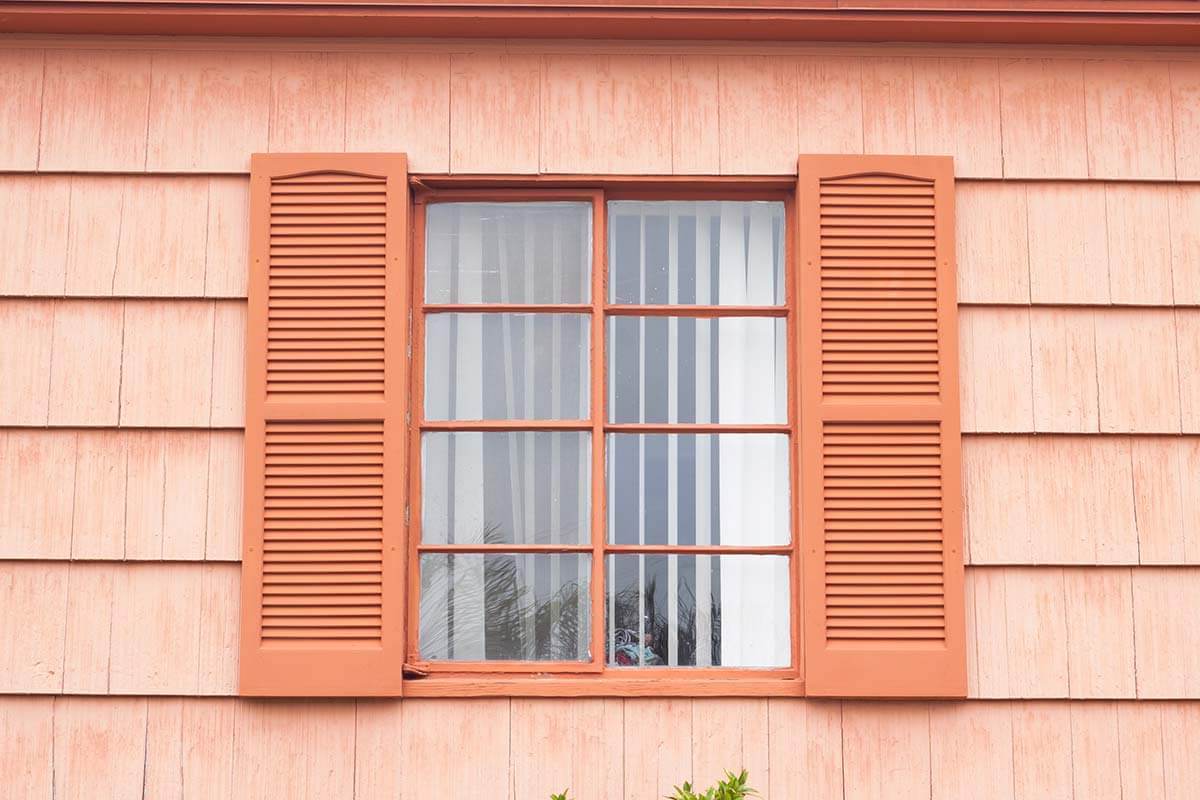
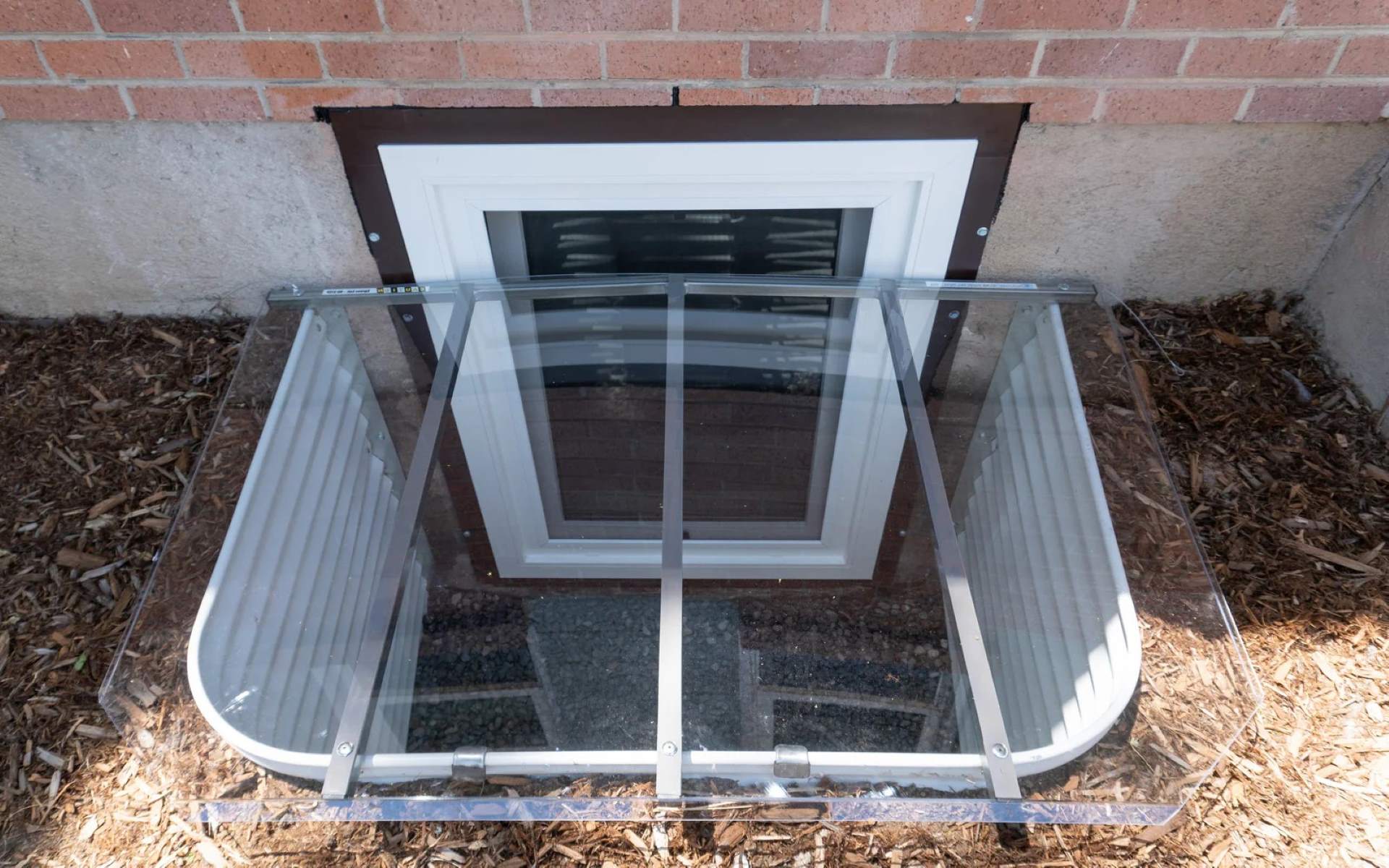
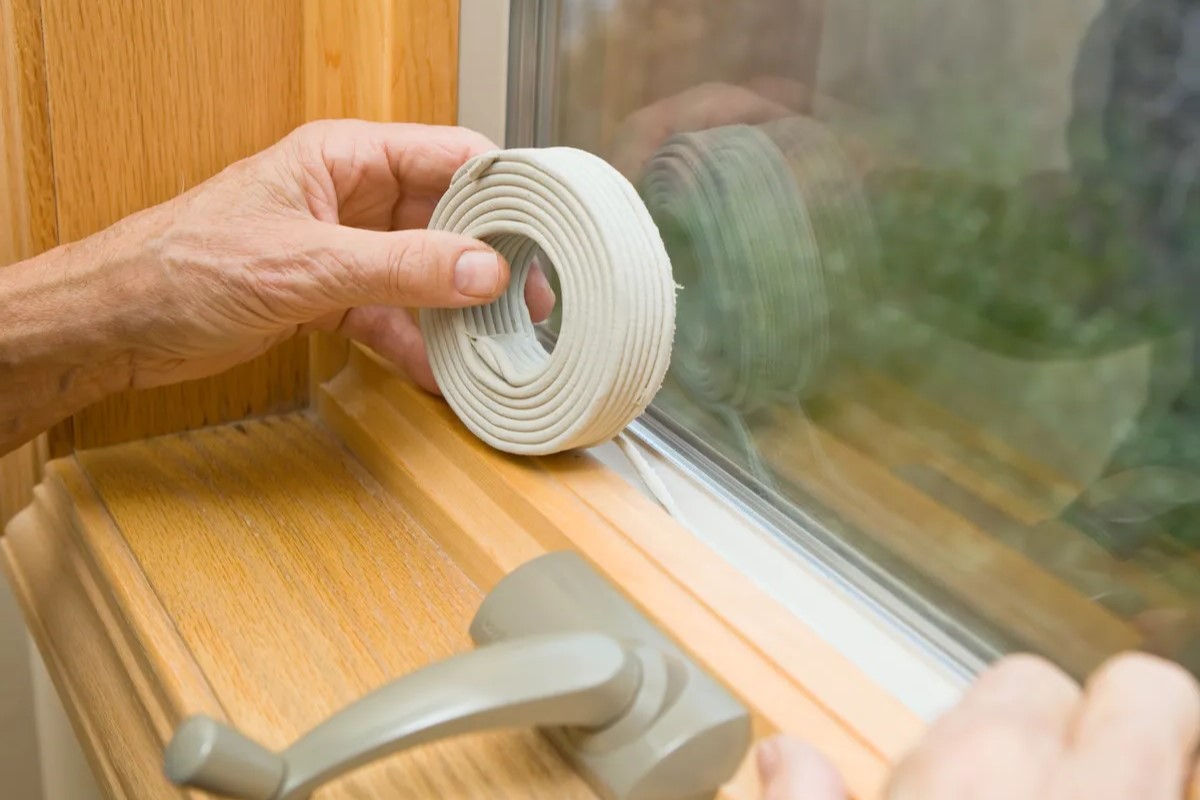
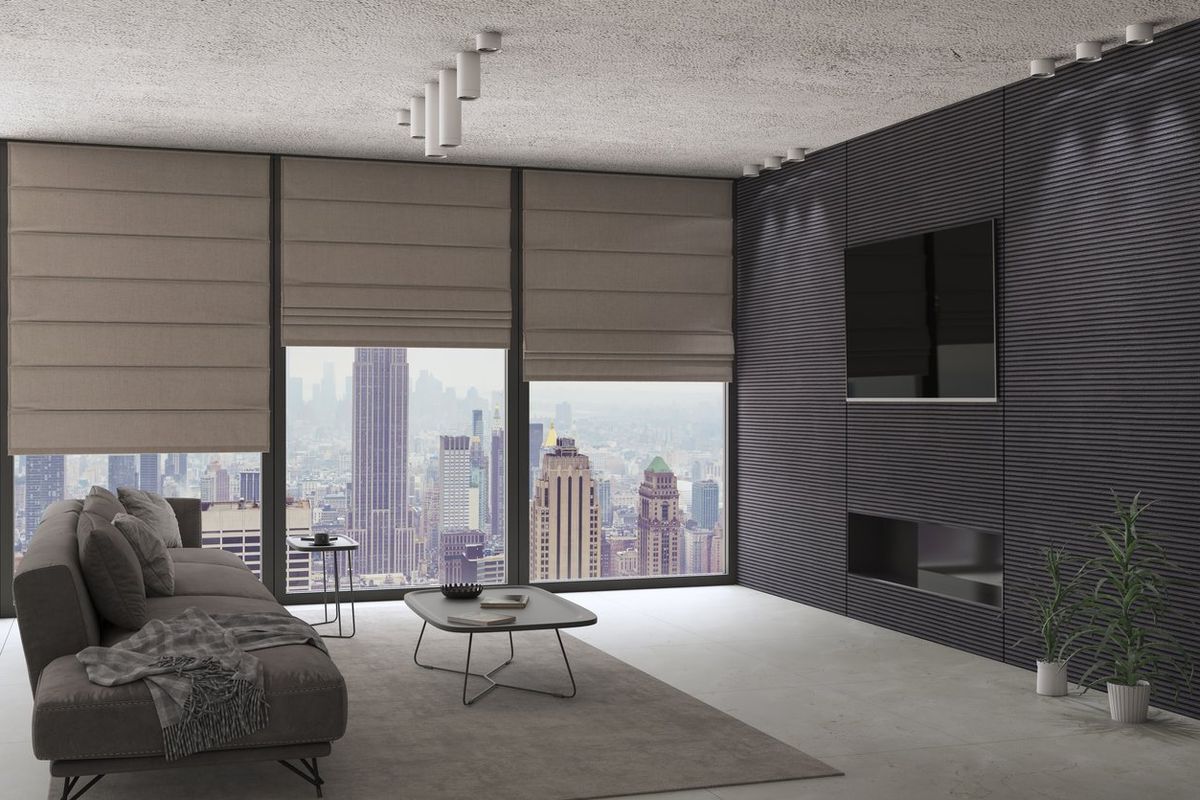
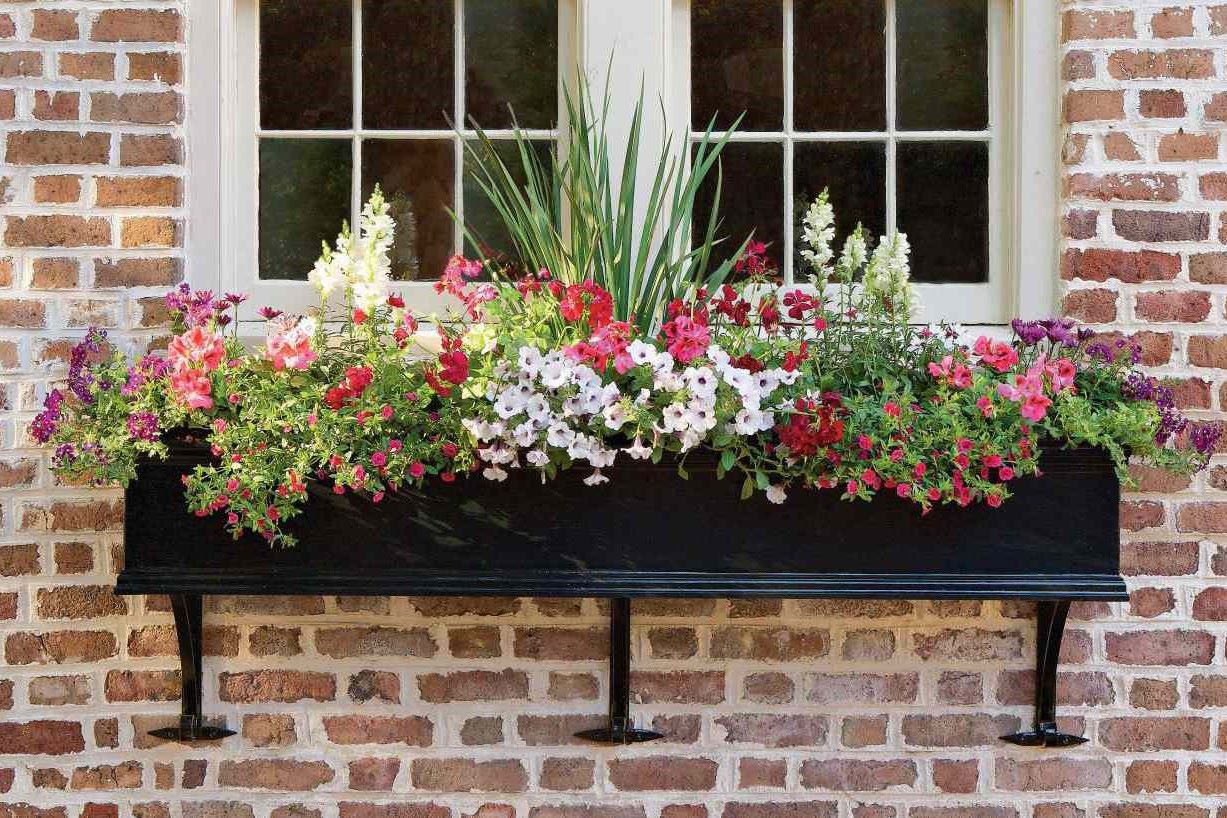
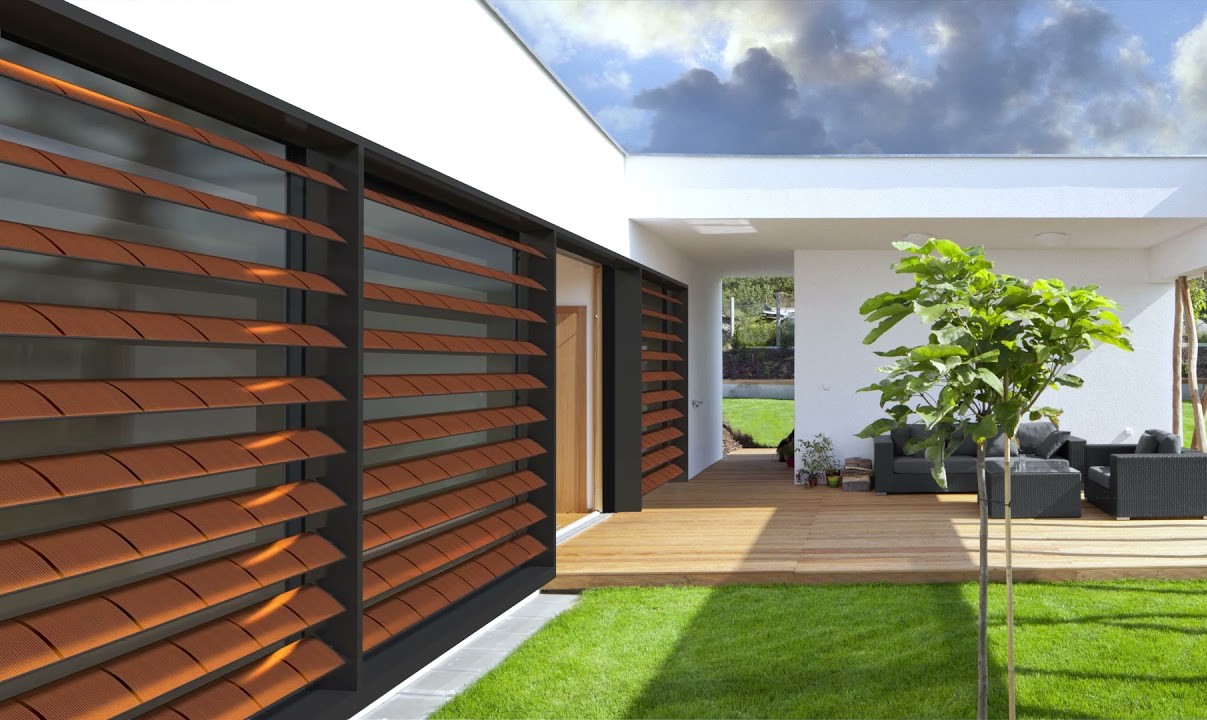

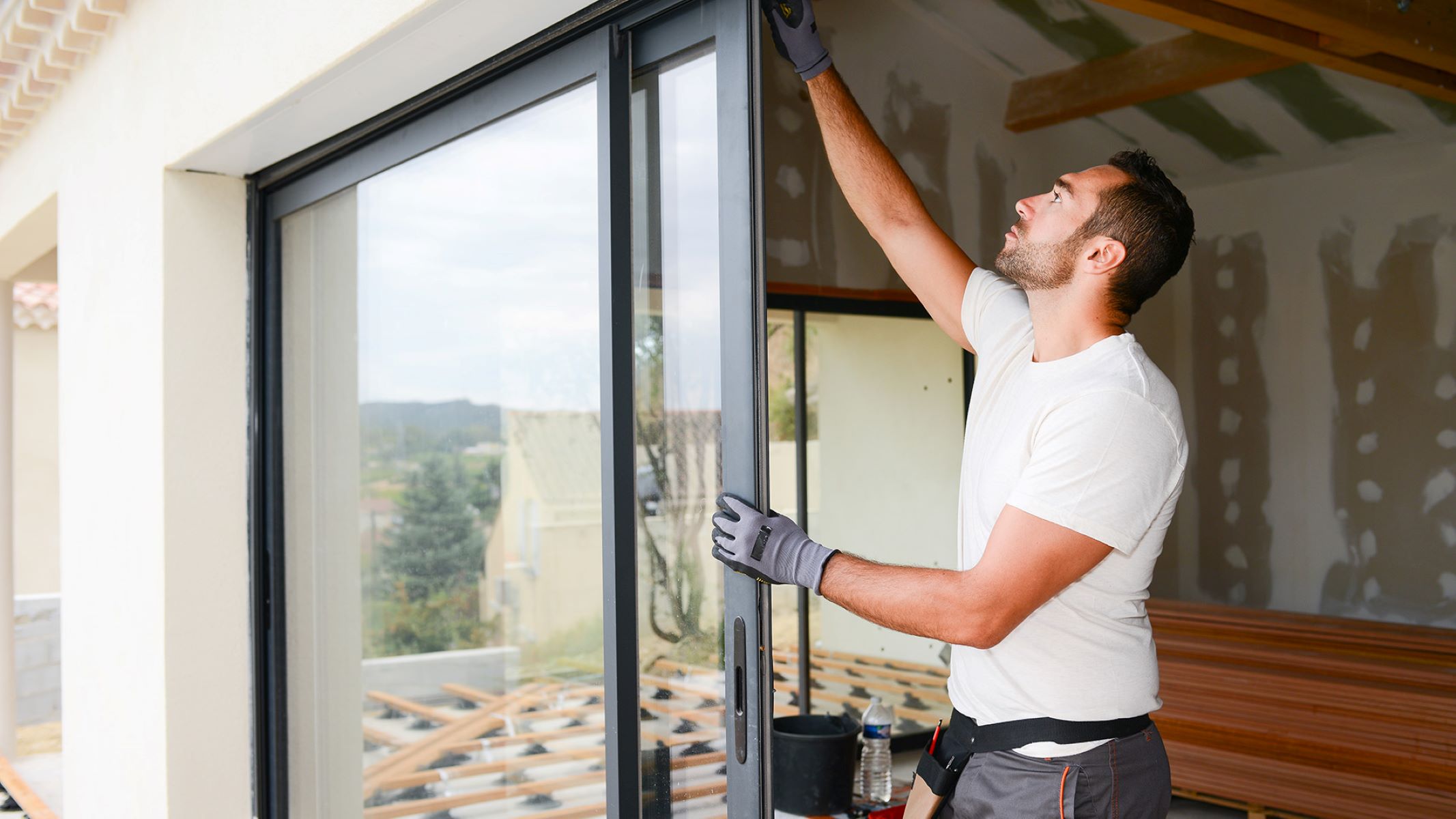
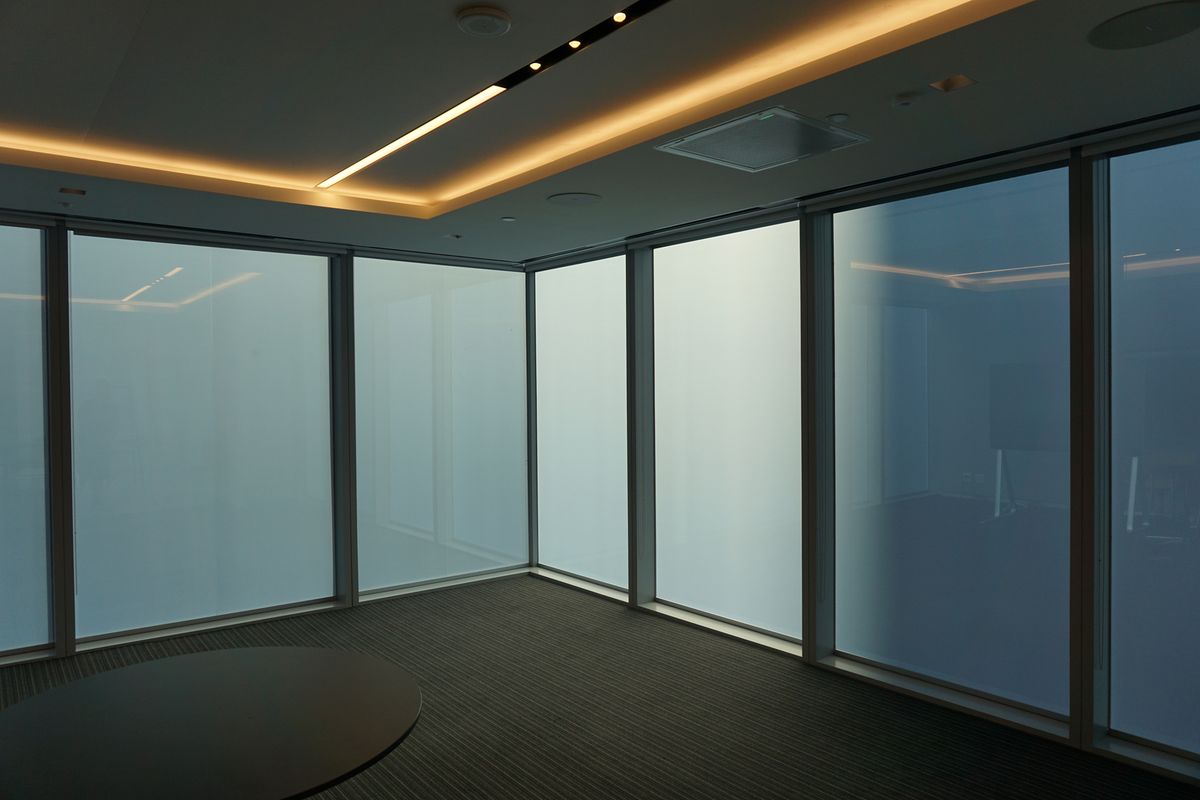
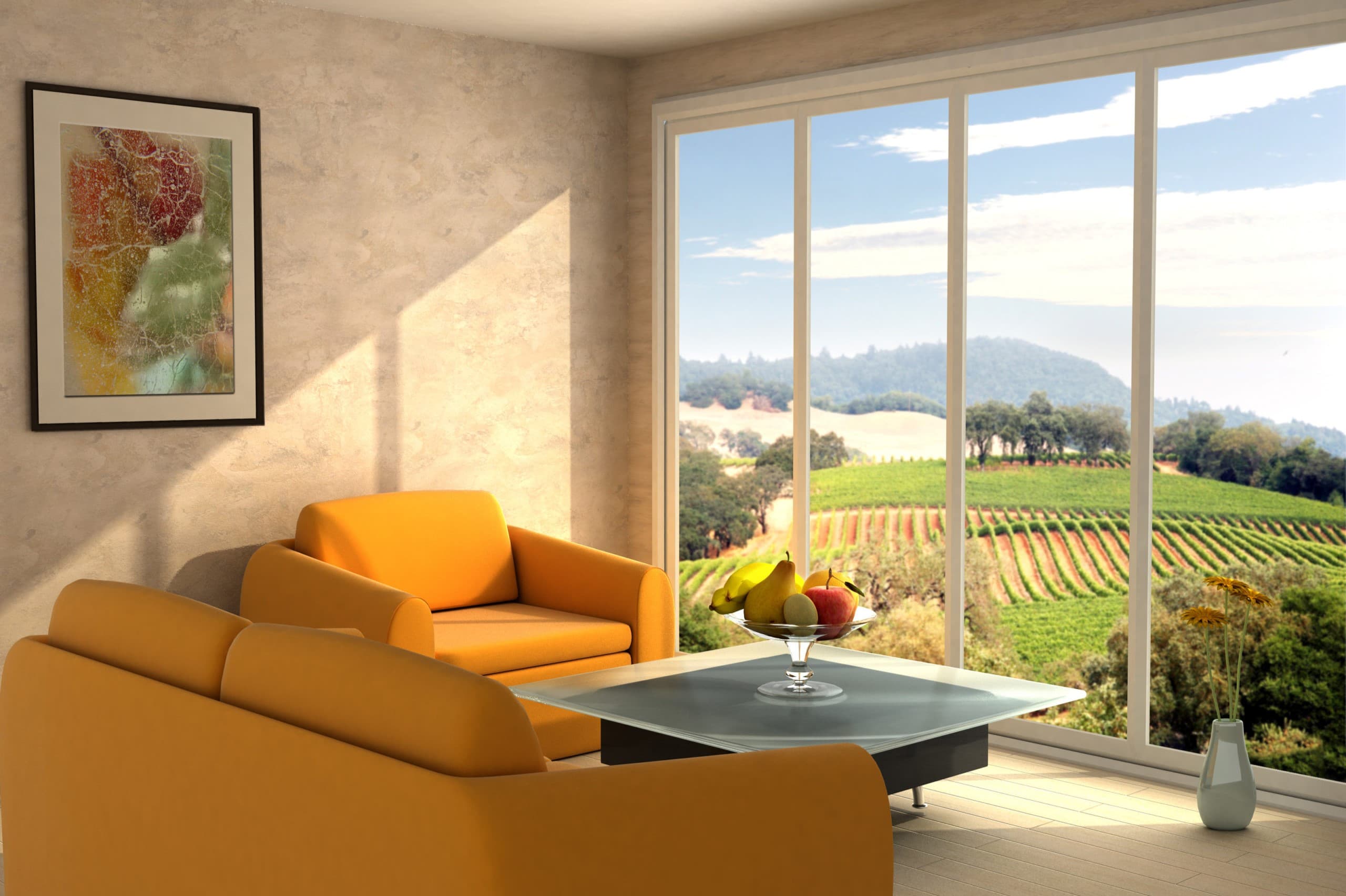
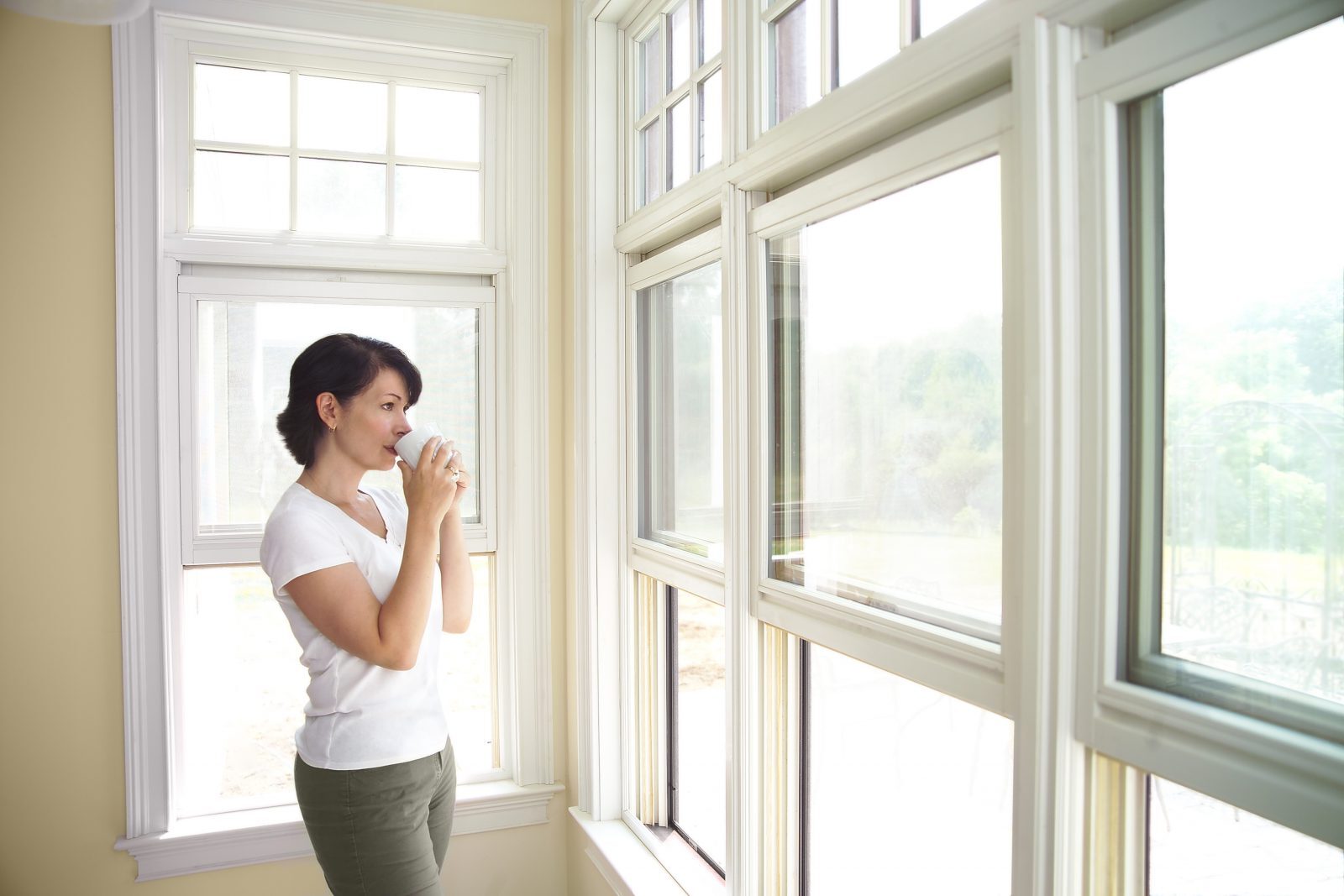
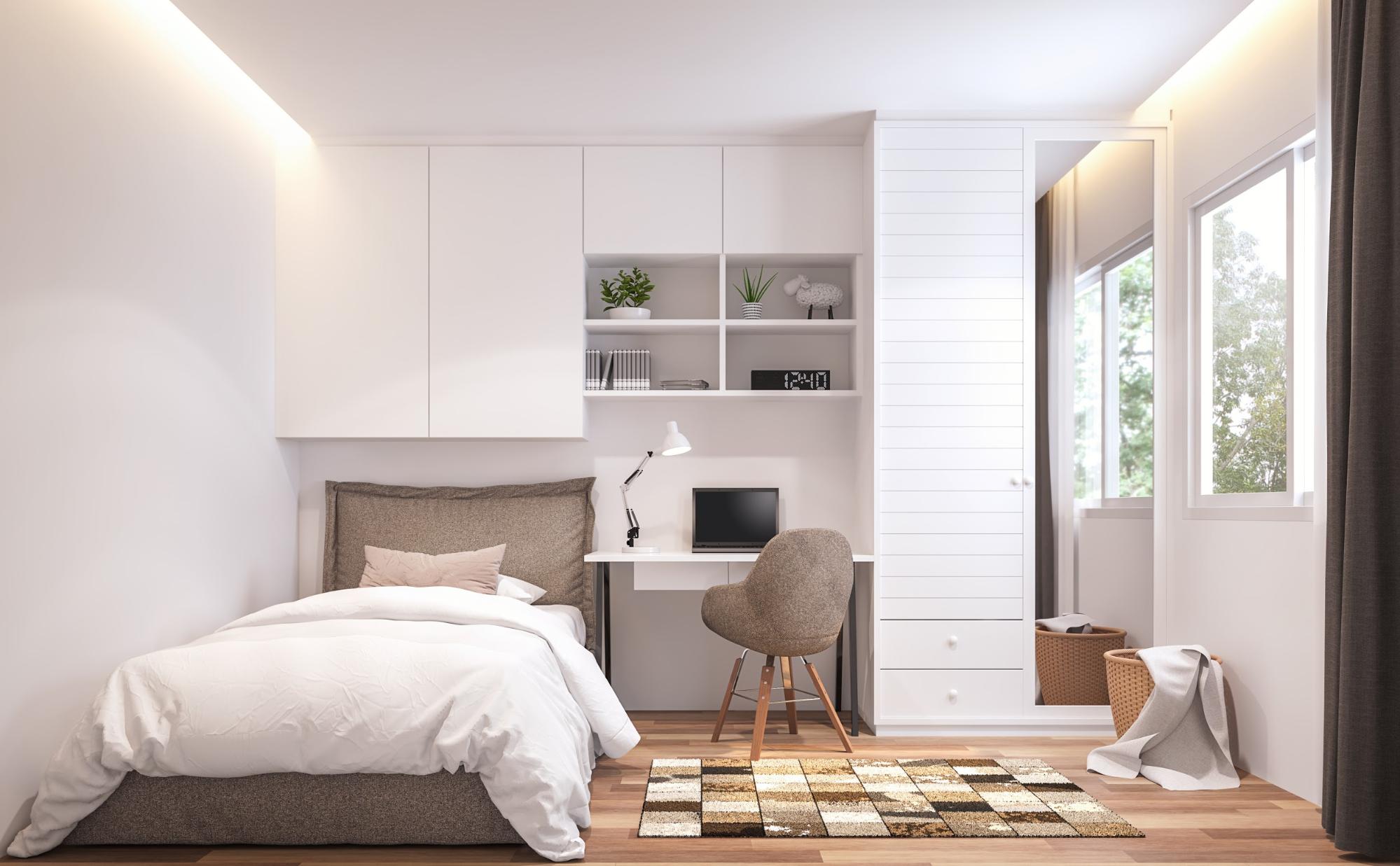

0 thoughts on “Upgrading Your Home’s Windows With DIY Roman Shades”